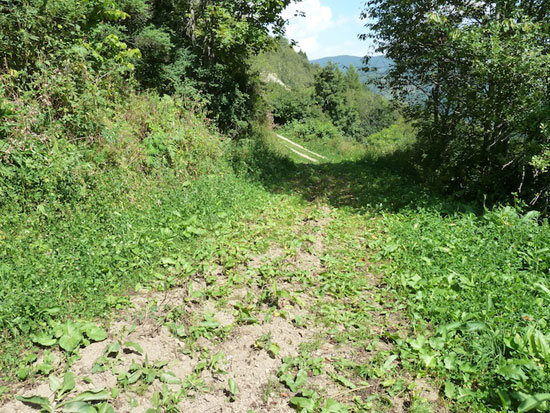From the poem “Lu Zhai” (The Deer Enclosure) by the Tang-dynasty poet Wang Wei (701–61). Here is the complete poem: Desolate mountains, no one in sight, / Only echoed voices carry to me. / Fading light filters through forest depths, / To glance upon the moss again. (Trans.)
Ezra Pound, “In a Station of the Metro.”
The tunic suit (Zhōngshān zhuāng) now known in English as the “Mao suit” is in fact named in Chinese for Sun Yat-sen (also known as Sūn Zhōngshān), as it was he who conceived the design in the early twentieth century. Inspired by the style of coat worn by Vladimir Lenin around the time of the October Revolution, the “Lenin coat” (Lièníng zhuāng) was popularized as a gender-neutral women’s garment following the founding of the People’s Republic of China in 1949. (Trans.)
From “Model as Reality,” in Olafur Eliasson: Never Tired of Looking at Each Other—Only the Mountain and I (London: co-published by the Pavilion, Beijing, and Koenig Bookshop, 2013).
Regarding homeopathy, the German philosopher Peter Sloterdijk, when asked in an interview about the influences on his thinking, responded by discussing Samuel Hahnemann, the pioneer of homeopathic medicine in Germany, and his emphasis on the importance of experimenting on one’s self. Hahnemann believed that in order to become a doctor, one must first learn to become the test subject.
As quoted by Toyo Ito, Fujimoto’s “weak architecture” is the notion of “not making architecture from an overall order but from the relationships between each of the parts, [with the result that
Translated by Andrew Maerkle. Parts of this text are revisions of preexisting translations. Unless otherwise noted, all photographs by Hu Fang, courtesy of Vitamin Archive.
